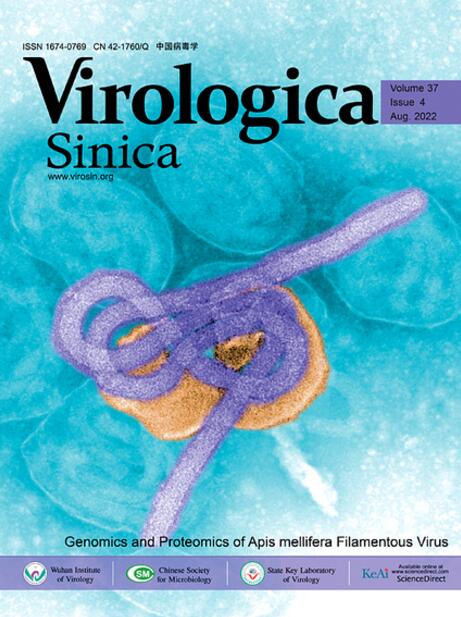STAT5-c-Myc-axis regulates B cell metabolism in vaccinated individuals and COVID-19 recovered patients
IF 4
3区 医学
Q1 Medicine
引用次数: 0
Abstract
SARS-CoV-2 infection and vaccination both trigger immune responses. The former leads to naturally acquired immunity, while the latter induces active immunity through artificial means. However, the distinct immune effects of vaccination and infection, as well as their underlying mechanisms, require further clarification. In this study, we compared the peripheral B cell differentiation, serological differences and the expression level of BCR signaling molecules between the vaccinated and recovered group. The vaccinated group exhibited reduced RBD-specific B cell differentiation and lower CD86 signal intensity on memory B cells, but enhanced BCR signaling in B cells. Regarding metabolic signaling, the vaccinated group had elevated expression levels of pS6, c-Myc, pmTOR, and pSTAT5, suggesting that the STAT5-c-Myc axis plays a role in regulating B cell metabolism. Additionally, proteome microarray analysis revealed that the serum of the vaccinated group contained higher levels of IgG antibodies against the SARS-CoV-2 N-Nter protein and IgA antibodies specific to the SARS-CoV-2 S1 protein. In summary, these findings indicate that the vaccinated group develops a more robust coronavirus-specific immune response, with enhanced BCR signaling and metabolic activity compared to the recovered group. These insights might contribute to the optimization of SARS-CoV-2 vaccine design.
stat5 -c- myc轴调节接种疫苗个体和COVID-19康复患者的B细胞代谢。
SARS-CoV-2感染和疫苗接种都会引发免疫反应。前者导致自然获得性免疫,后者通过人工手段诱导主动免疫。然而,疫苗接种和感染的不同免疫效果及其潜在机制需要进一步澄清。在本研究中,我们比较了接种组和康复组外周血B细胞分化、血清学差异和BCR信号分子表达水平。免疫组表现出rbd特异性B细胞分化减少,记忆B细胞CD86信号强度降低,但B细胞BCR信号增强。在代谢信号方面,接种组pS6、c-Myc、pmTOR和pSTAT5表达水平升高,提示STAT5-c-Myc轴在调节B细胞代谢中发挥作用。此外,蛋白质组芯片分析显示,接种组血清中含有更高水平的针对SARS-CoV-2 N-Nter蛋白的IgG抗体和针对SARS-CoV-2 S1蛋白的IgA抗体。总之,这些发现表明,与康复组相比,接种疫苗组产生了更强大的冠状病毒特异性免疫反应,BCR信号传导和代谢活性增强。这些见解可能有助于优化SARS-CoV-2疫苗的设计。
本文章由计算机程序翻译,如有差异,请以英文原文为准。
求助全文
约1分钟内获得全文
求助全文
来源期刊

Virologica Sinica
Biochemistry, Genetics and Molecular Biology-Molecular Medicine
CiteScore
7.70
自引率
1.80%
发文量
3149
期刊介绍:
Virologica Sinica is an international journal which aims at presenting the cutting-edge research on viruses all over the world. The journal publishes peer-reviewed original research articles, reviews, and letters to the editor, to encompass the latest developments in all branches of virology, including research on animal, plant and microbe viruses. The journal welcomes articles on virus discovery and characterization, viral epidemiology, viral pathogenesis, virus-host interaction, vaccine development, antiviral agents and therapies, and virus related bio-techniques. Virologica Sinica, the official journal of Chinese Society for Microbiology, will serve as a platform for the communication and exchange of academic information and ideas in an international context.
Electronic ISSN: 1995-820X; Print ISSN: 1674-0769
 求助内容:
求助内容: 应助结果提醒方式:
应助结果提醒方式:


